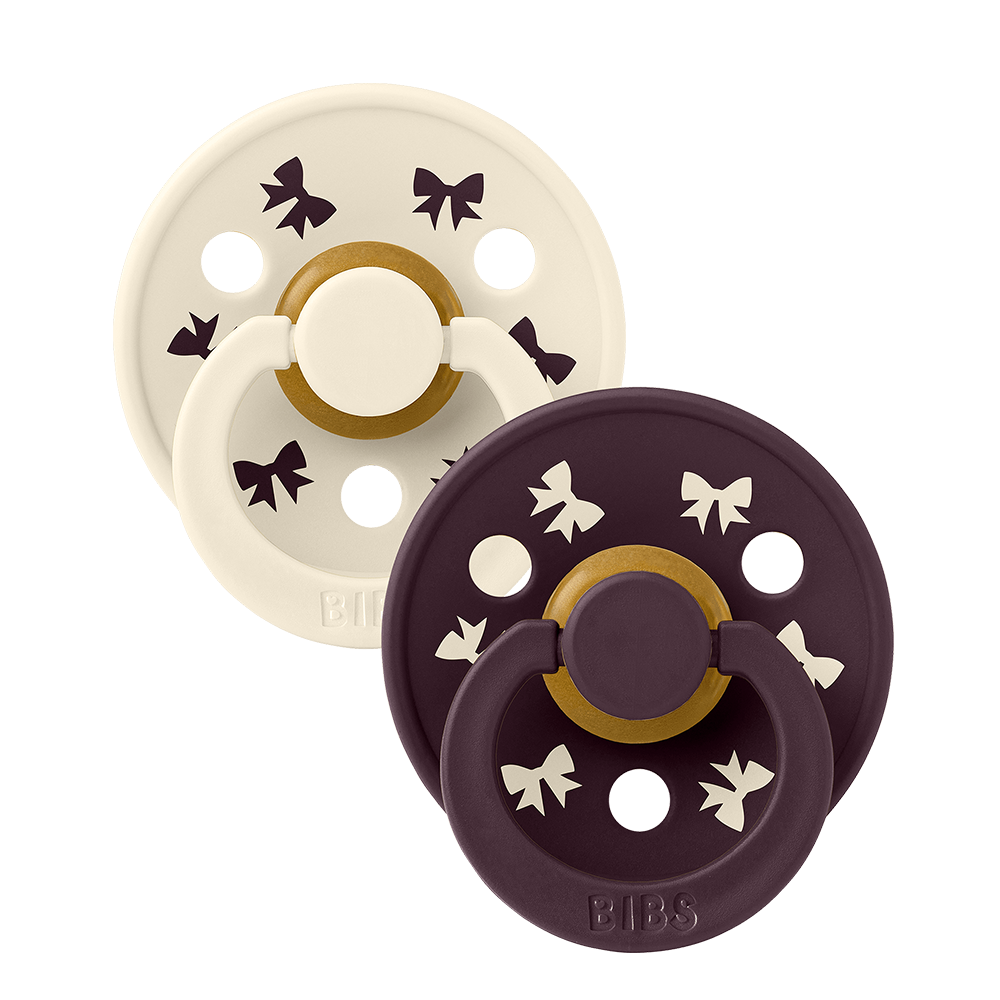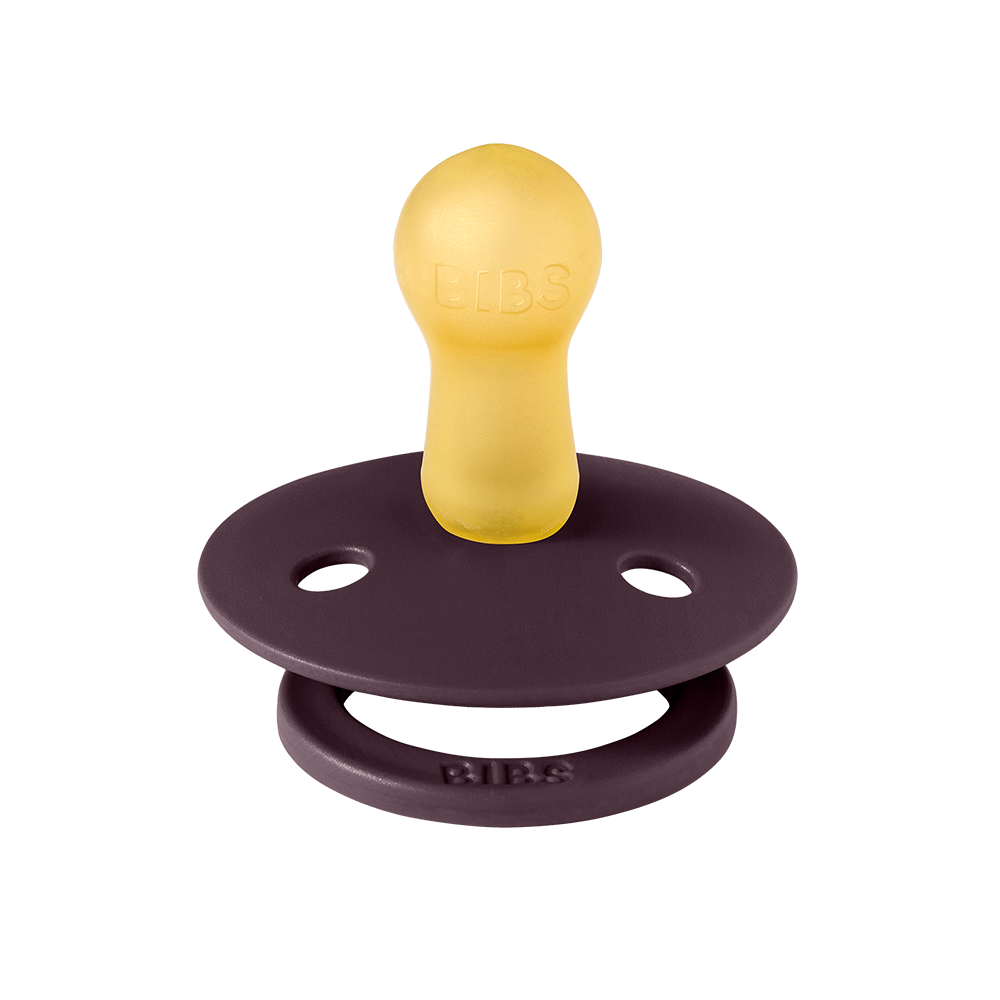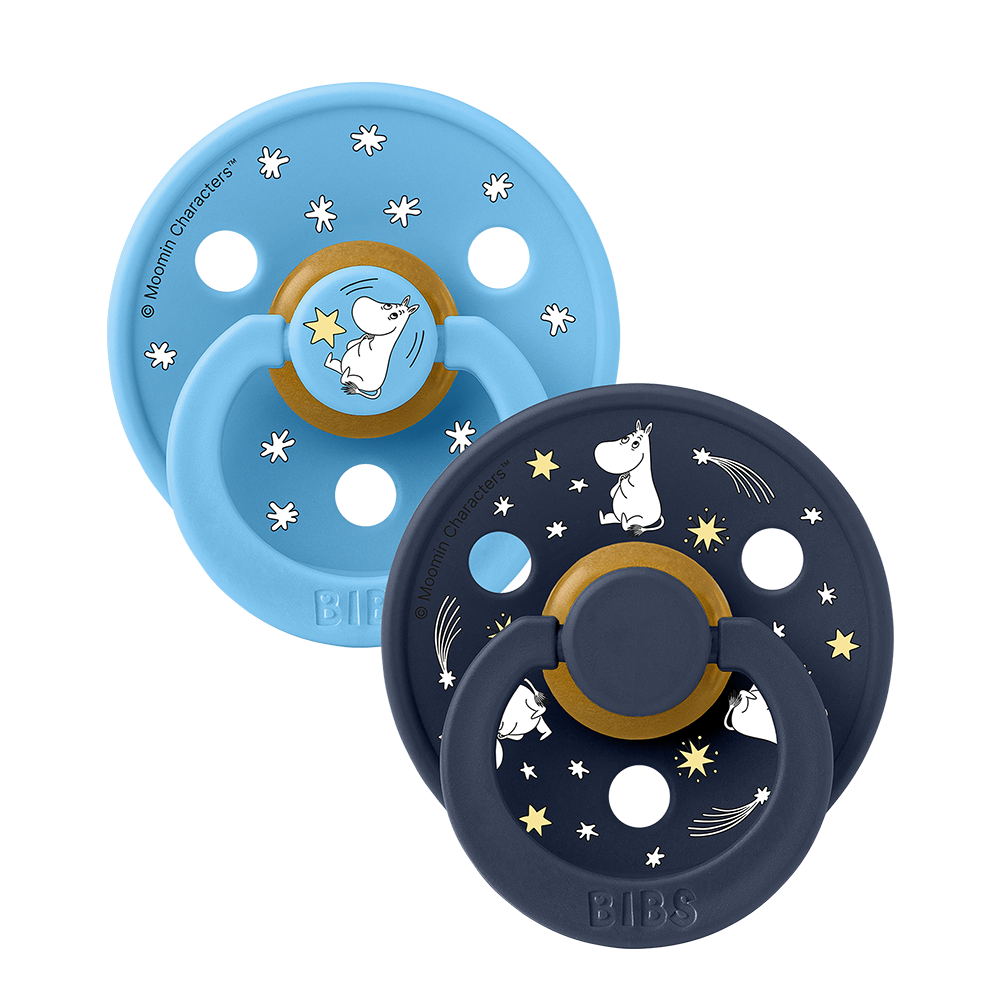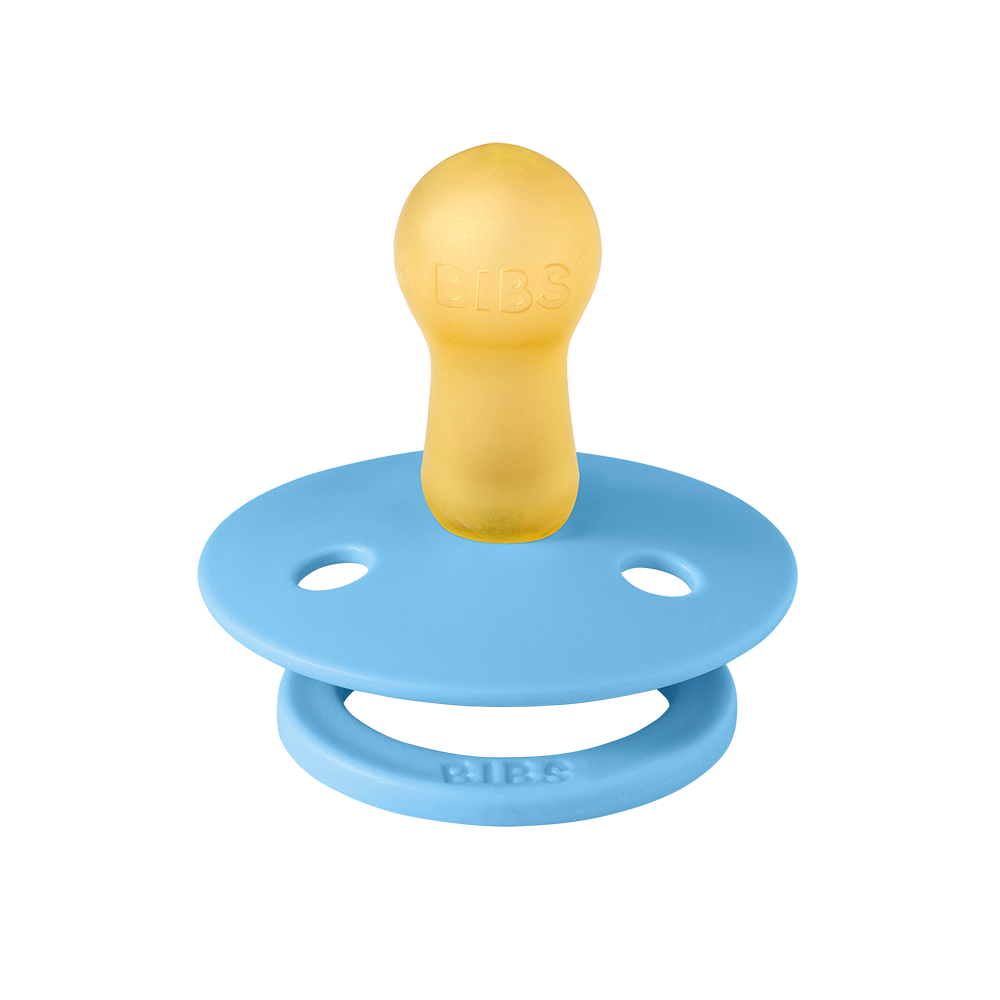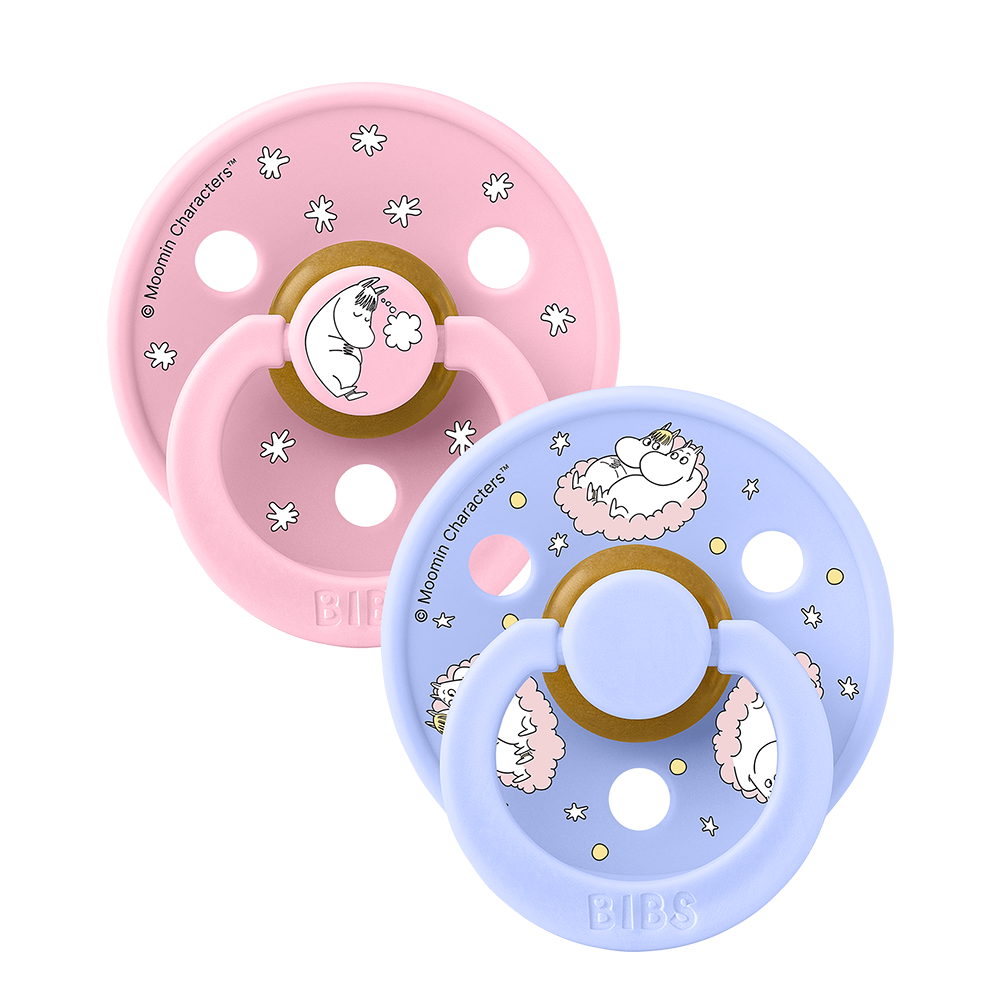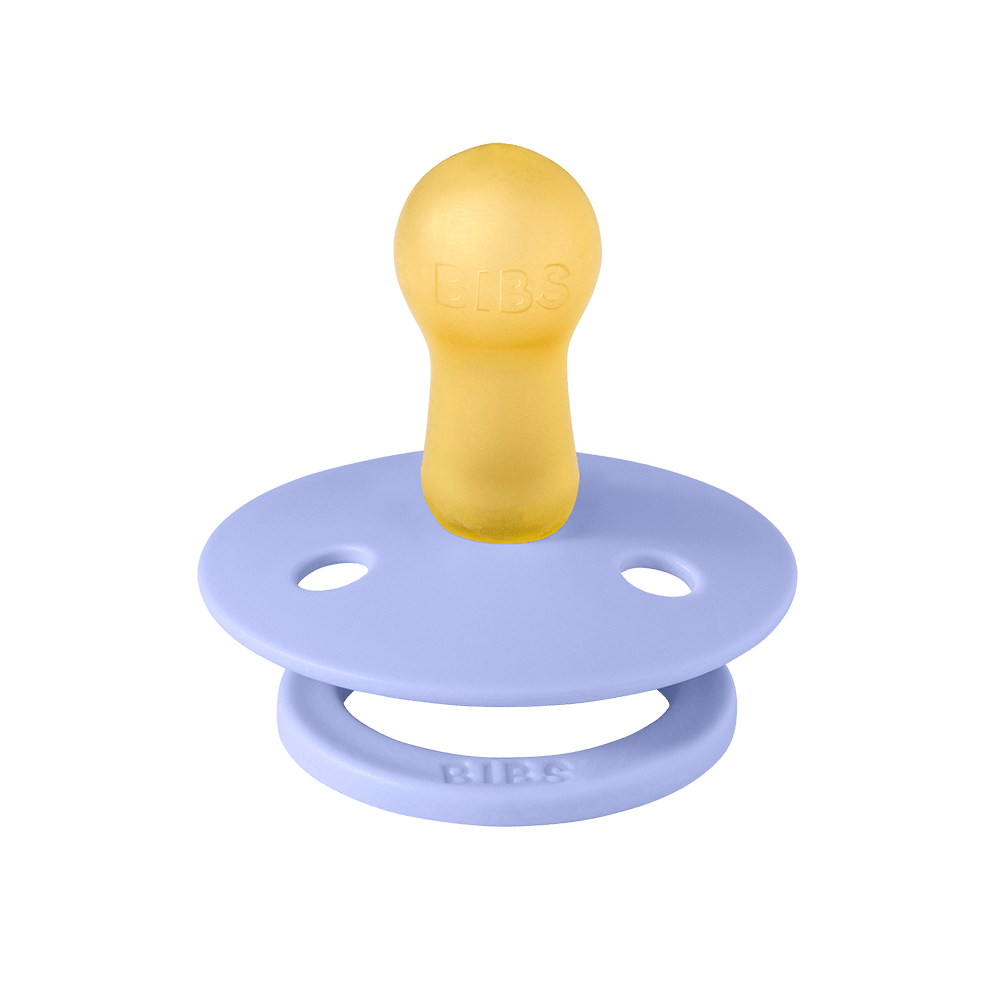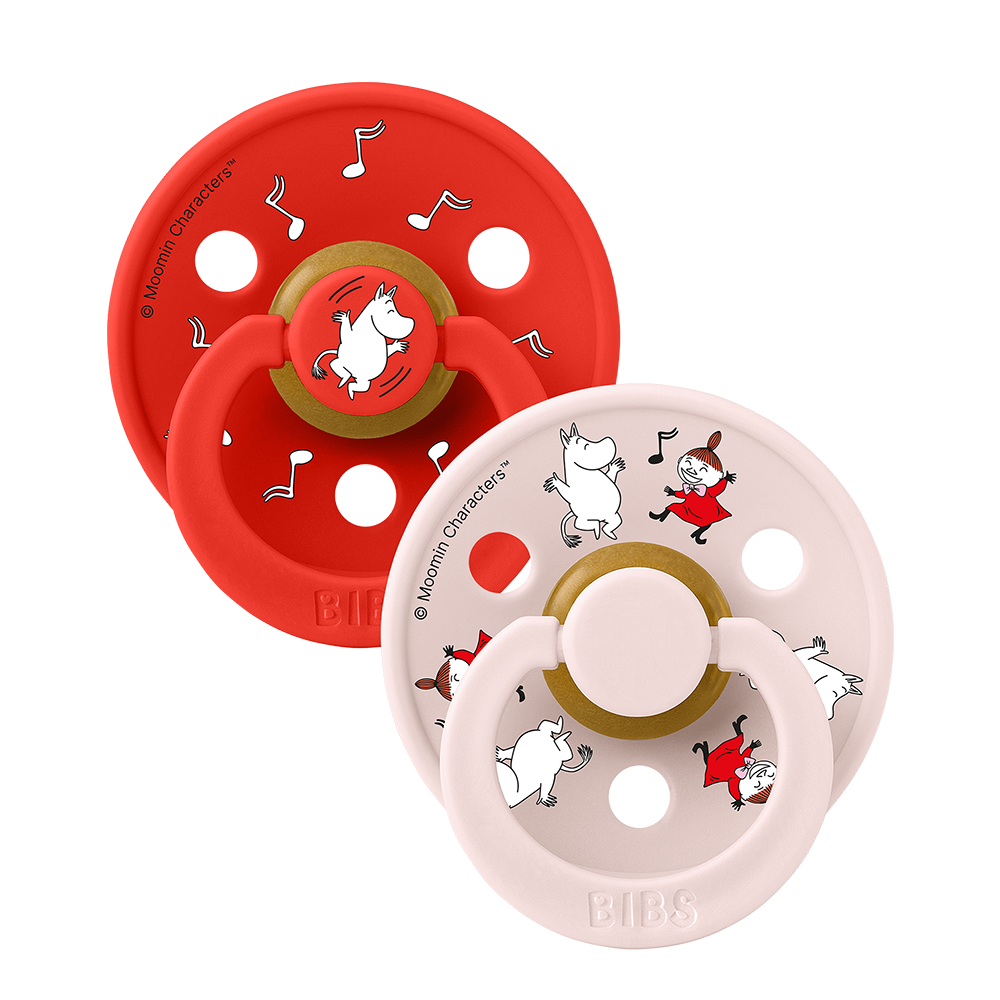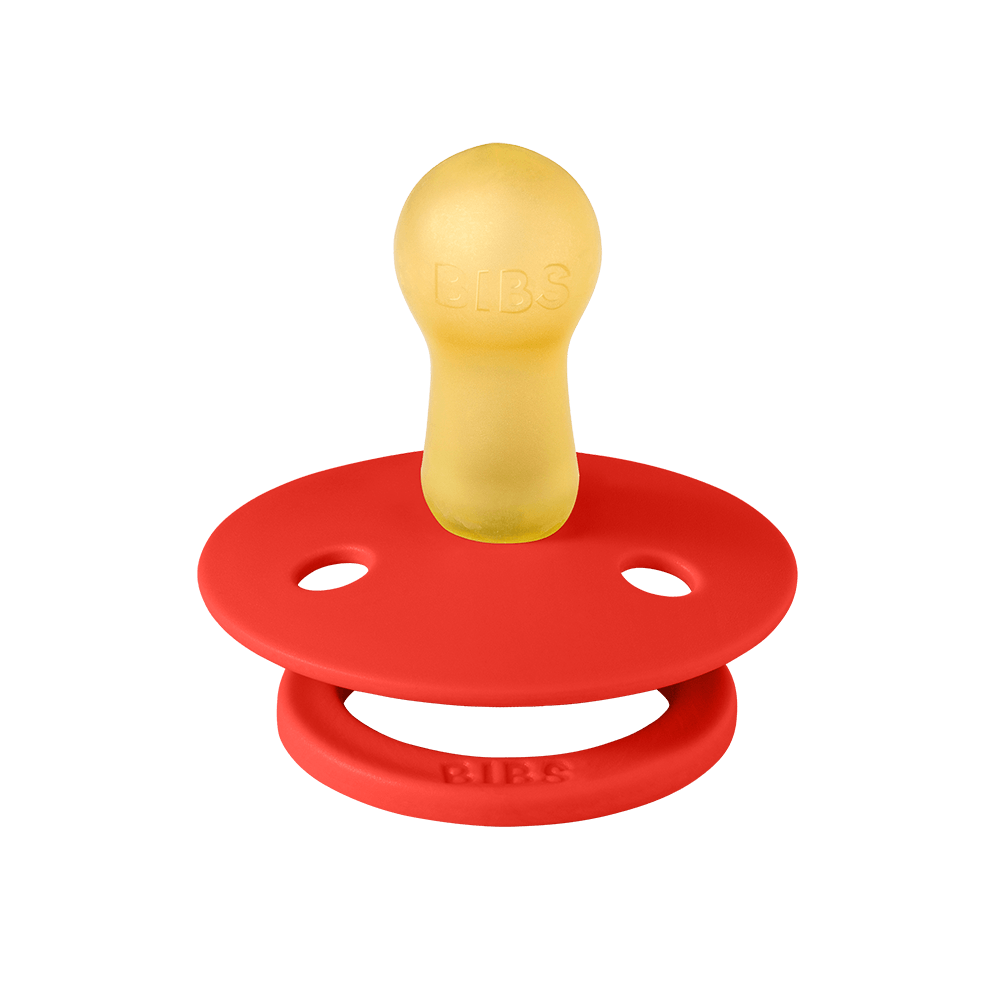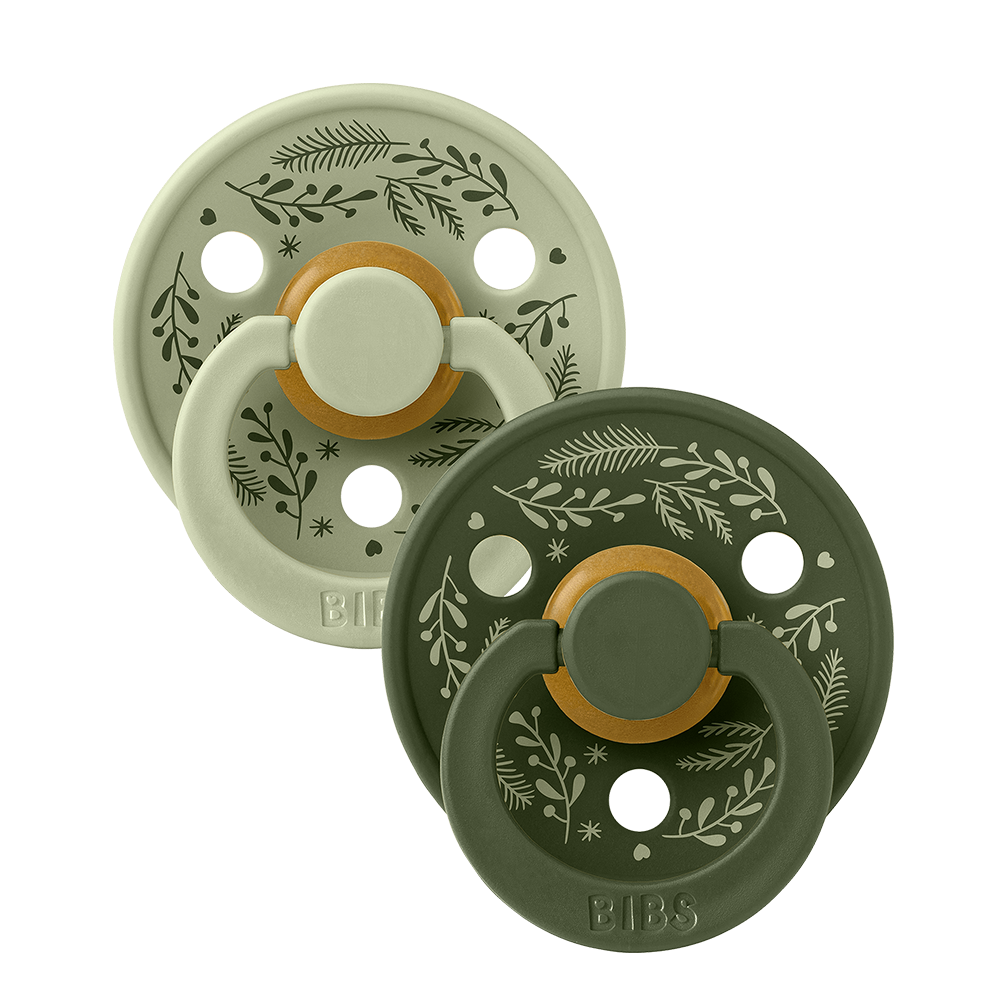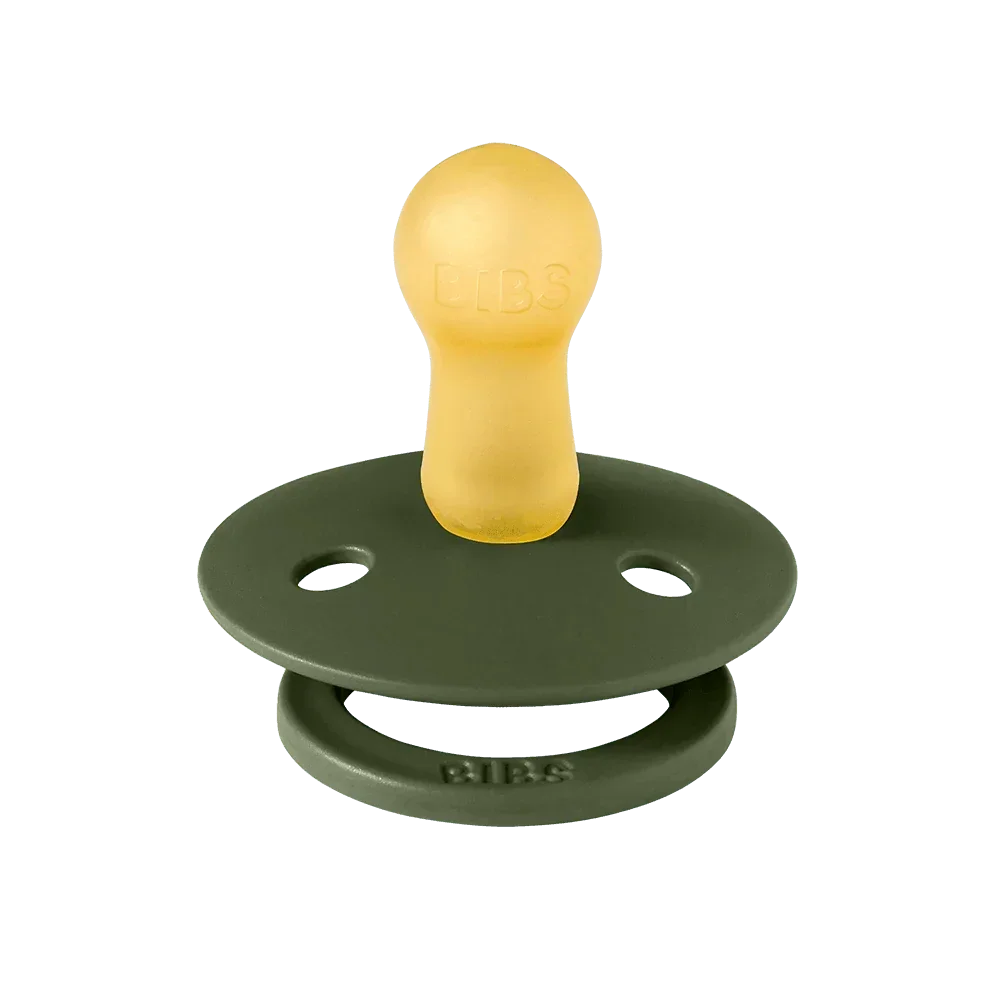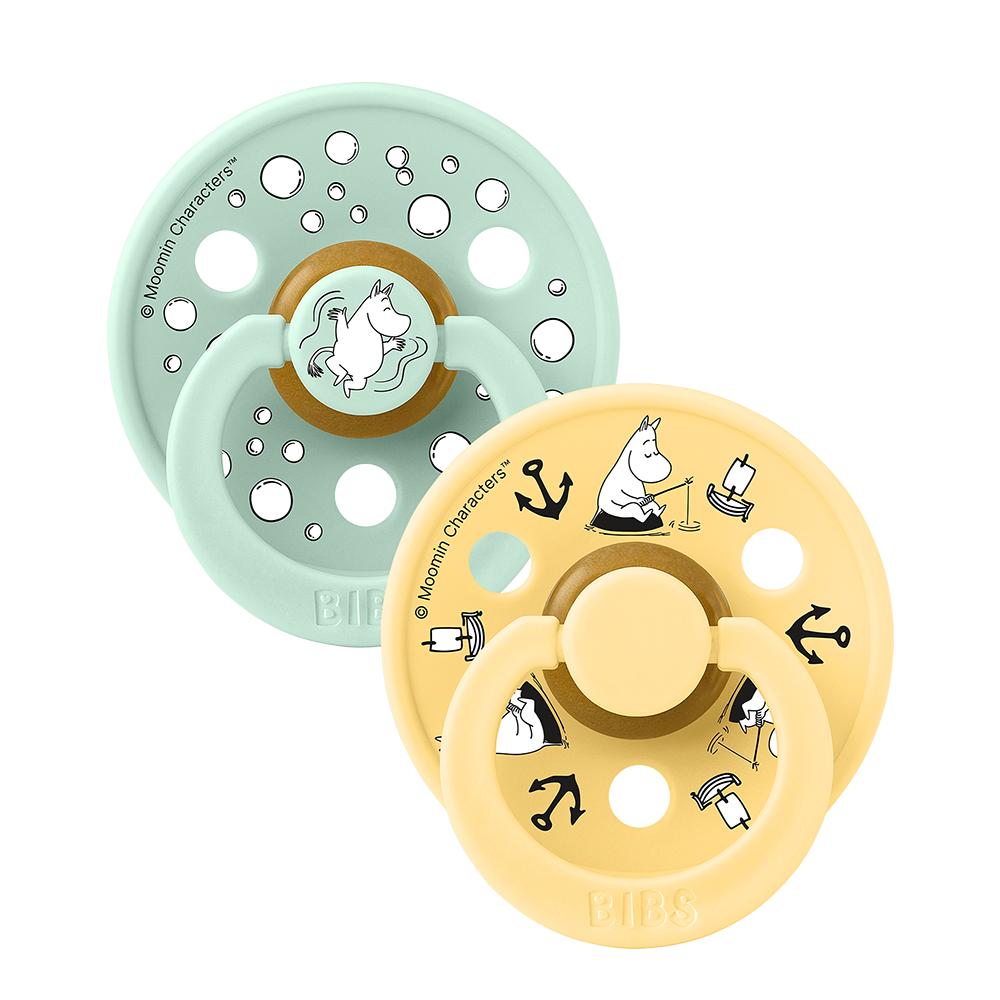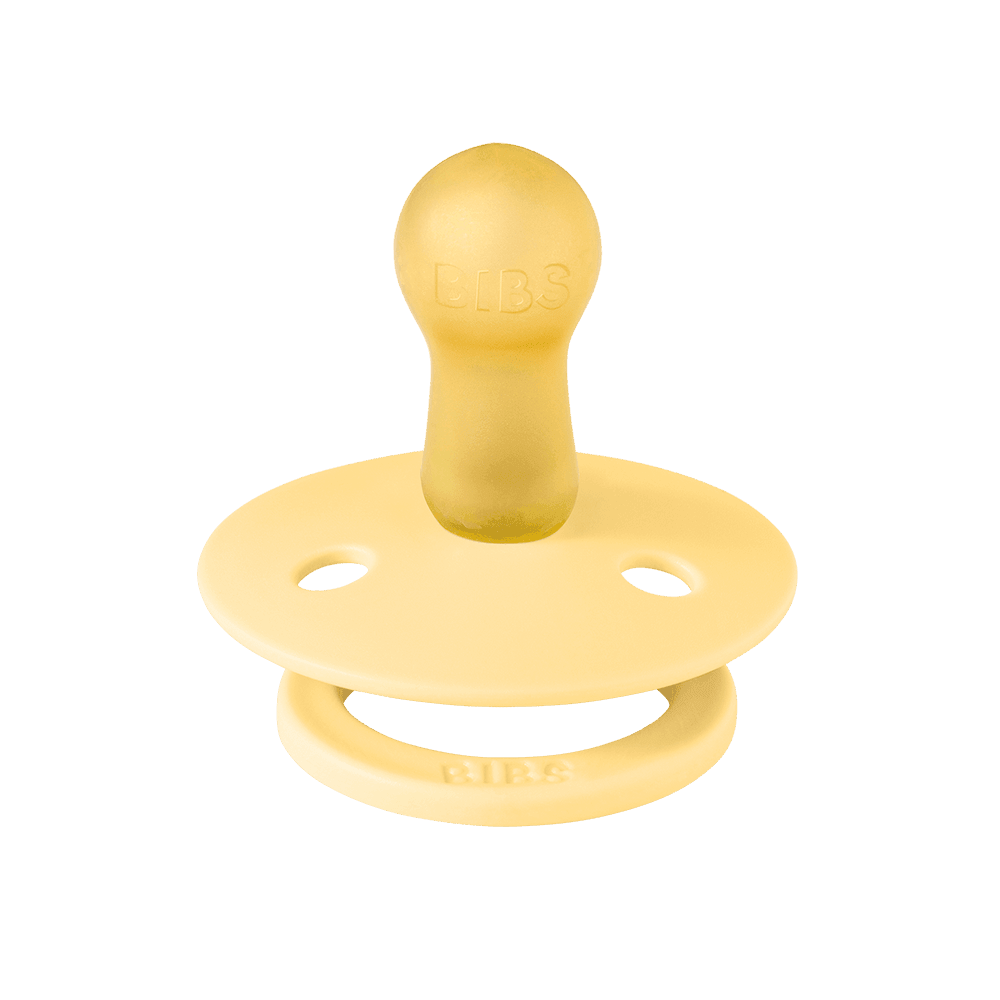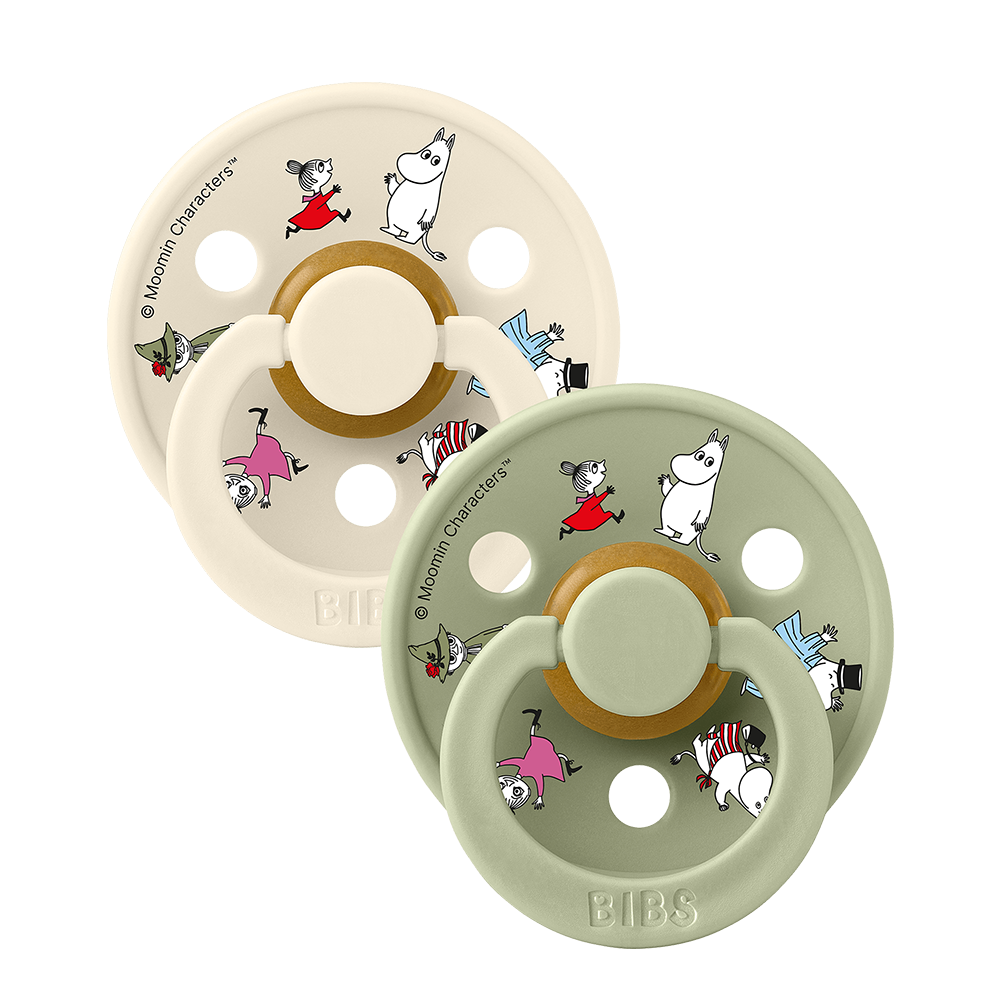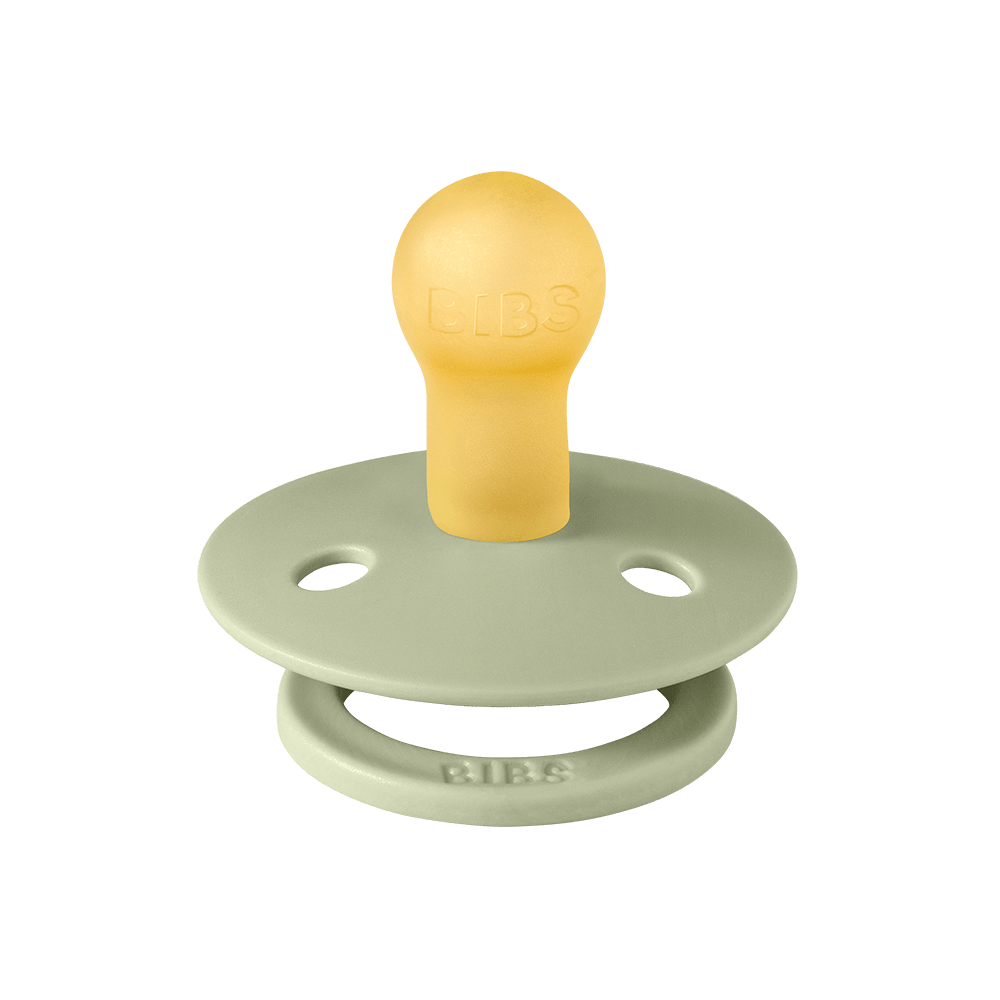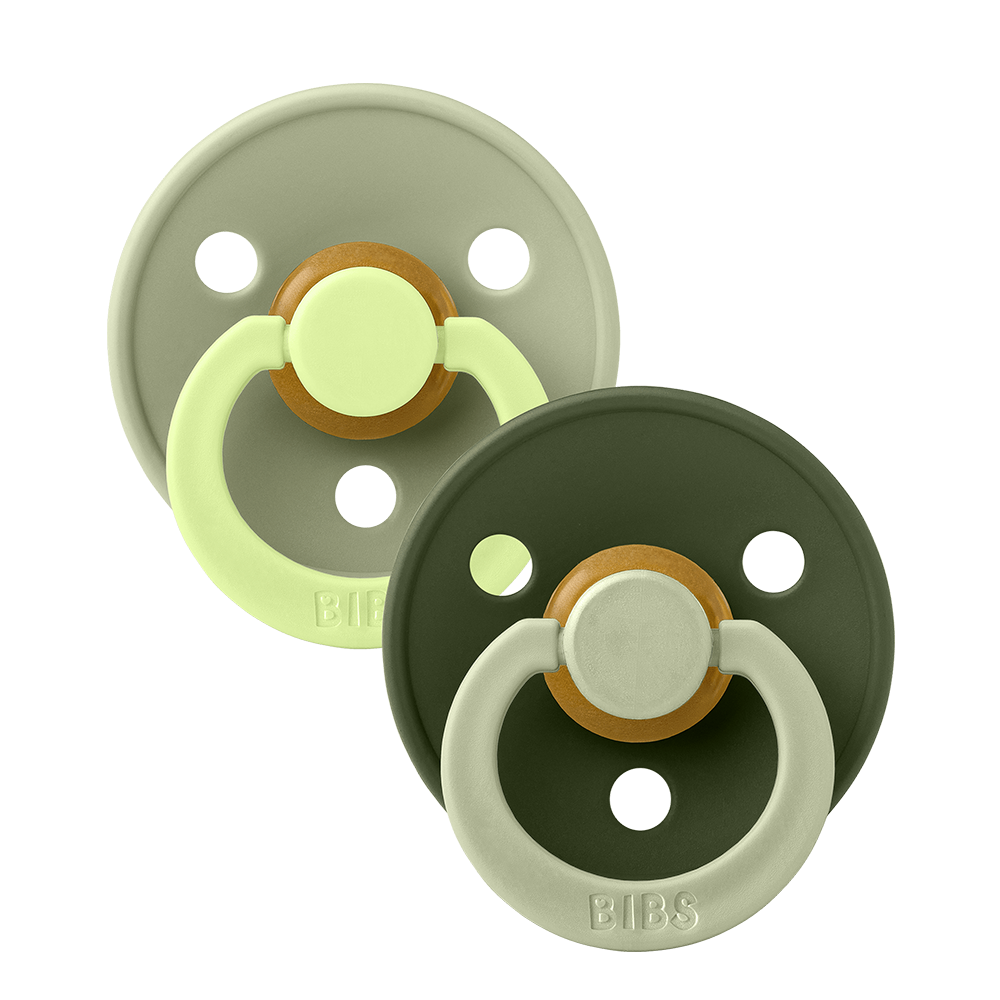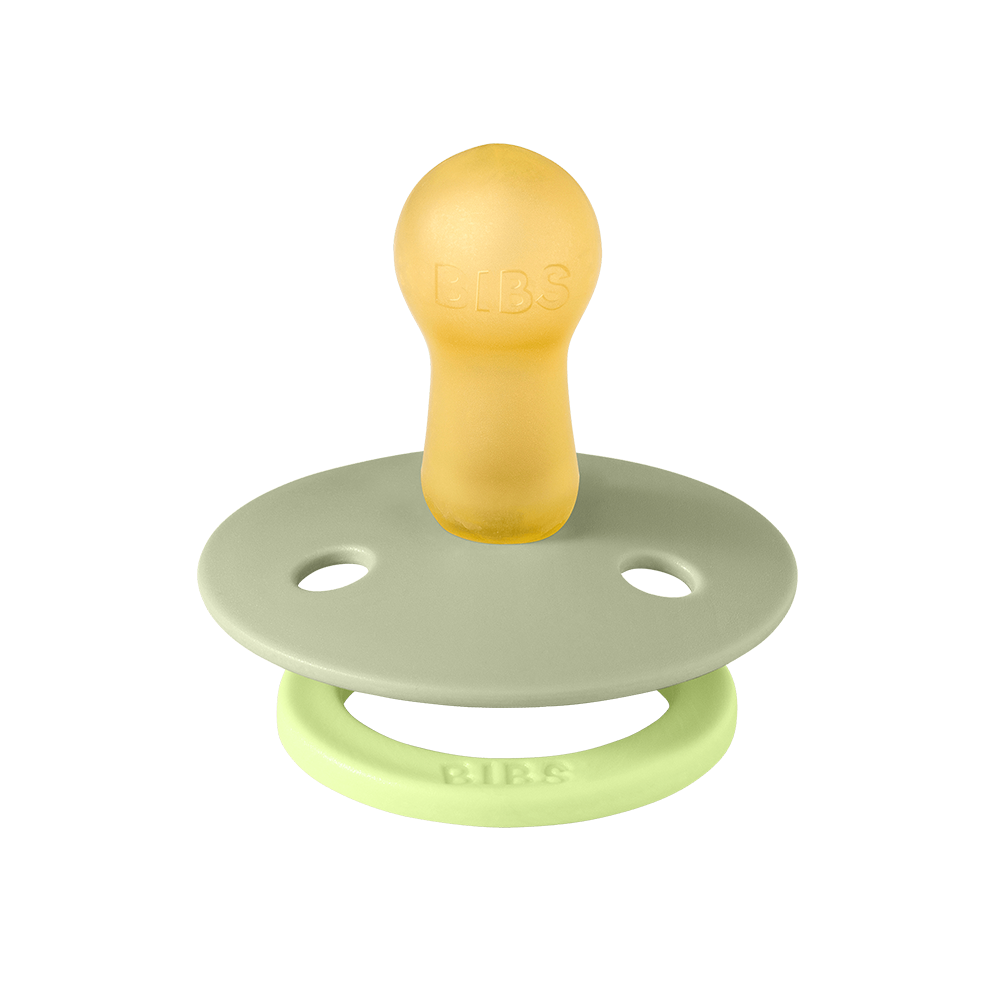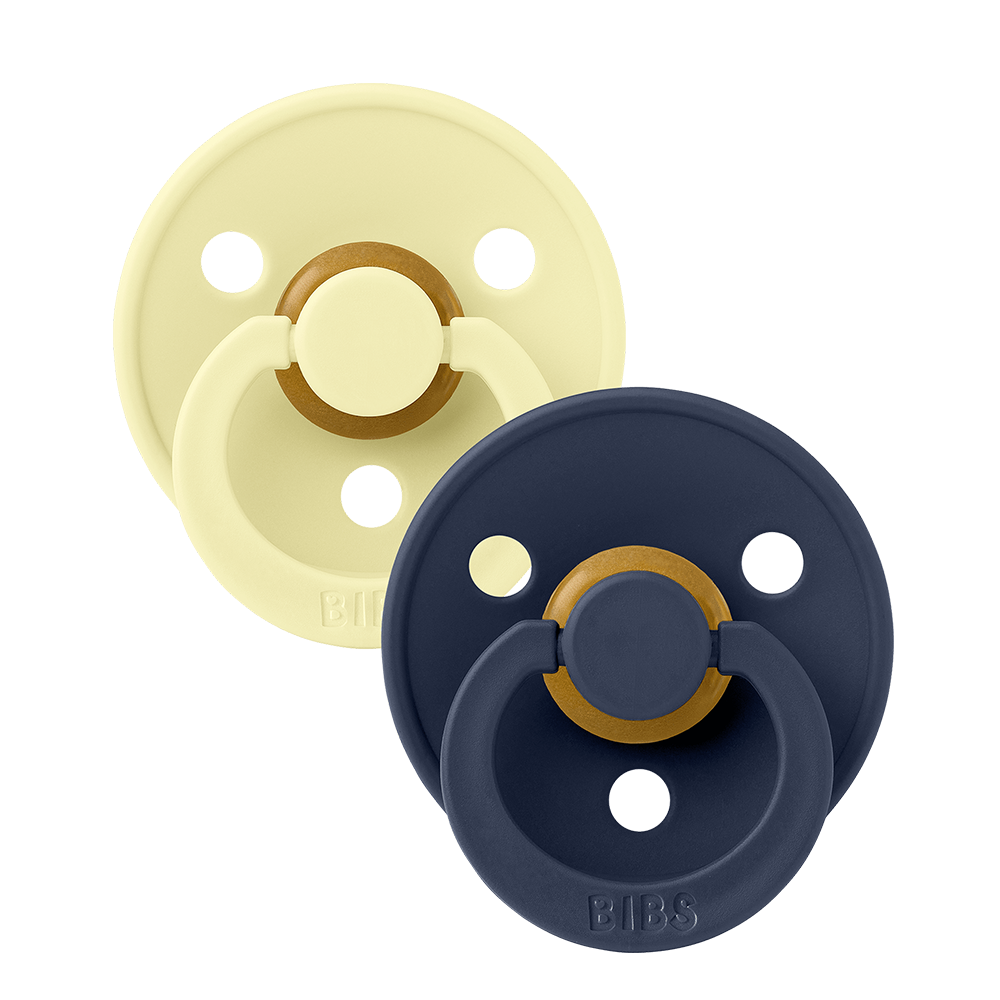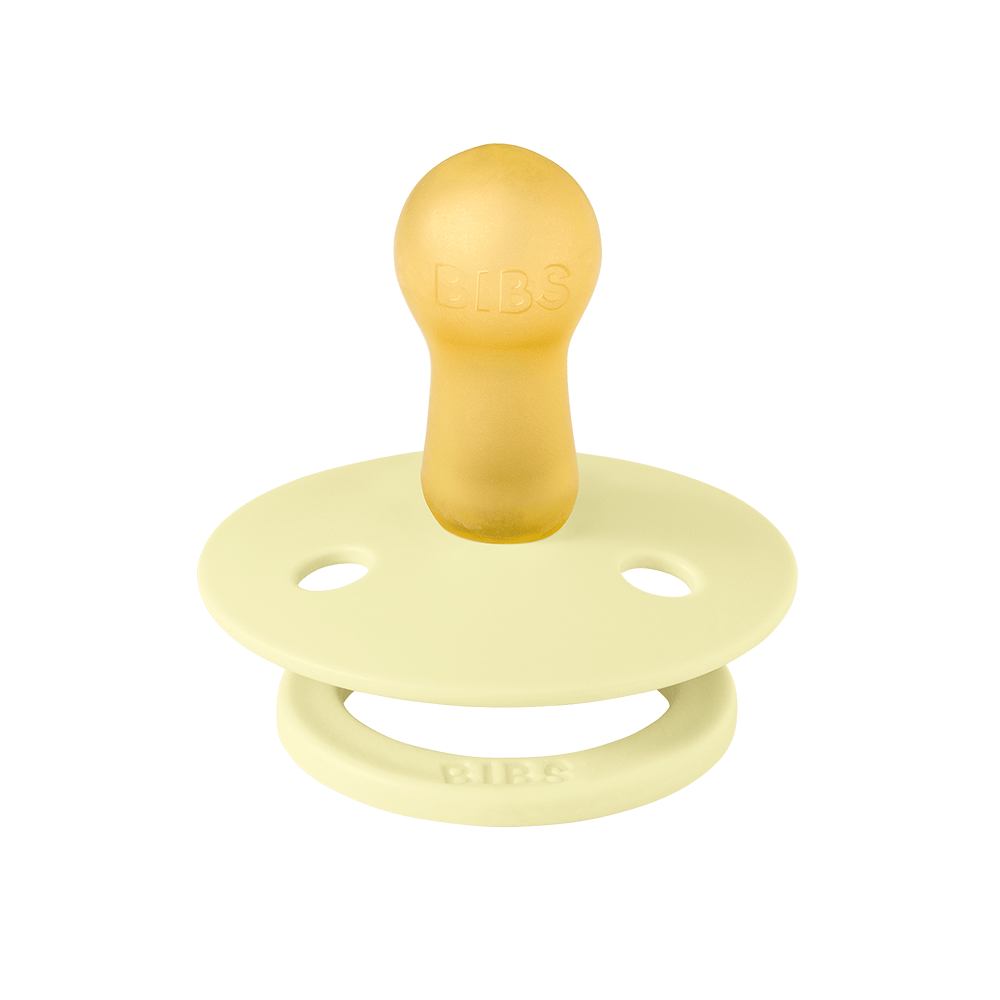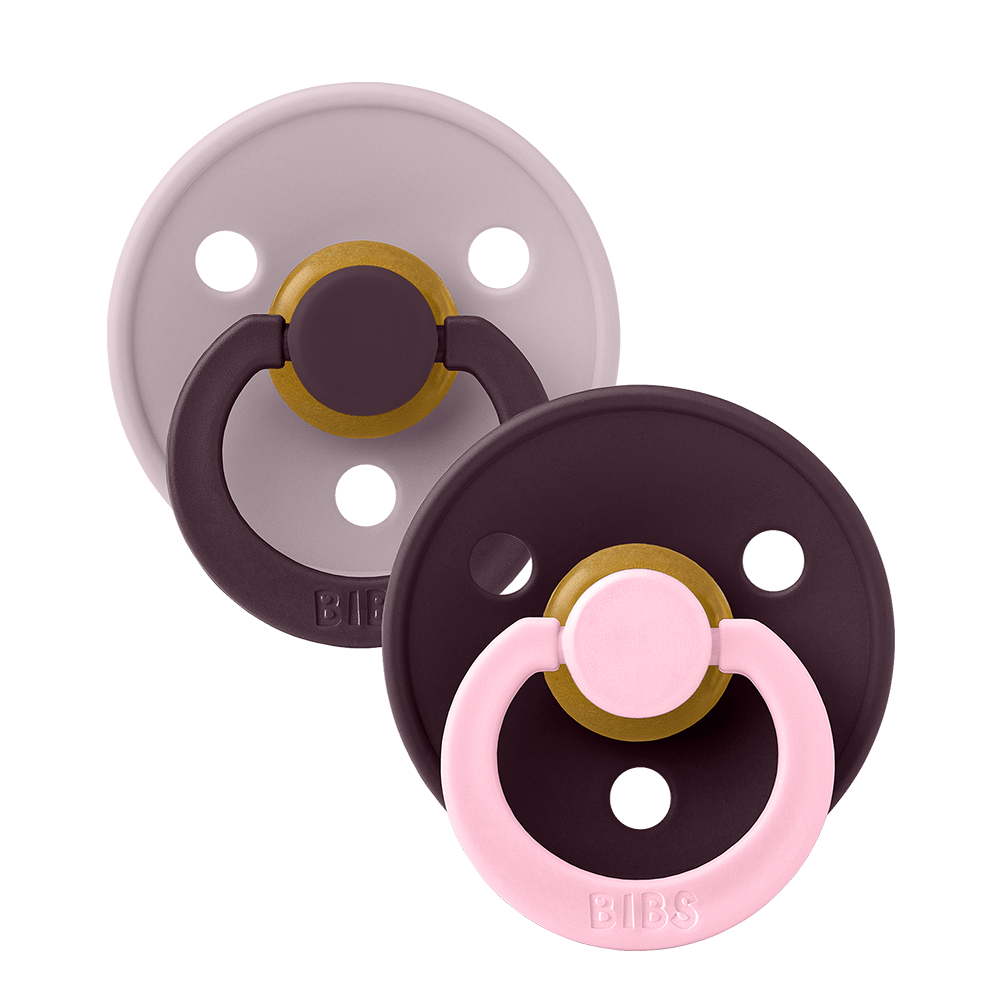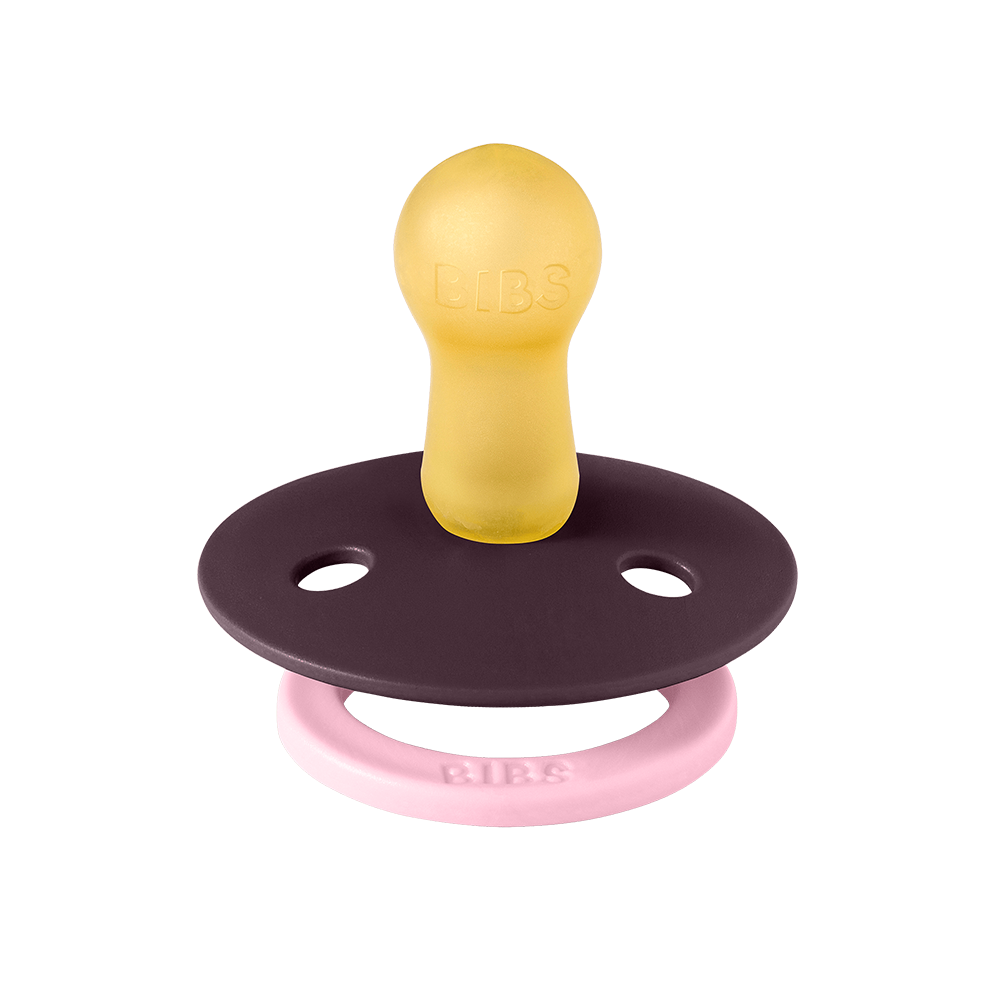When Should I Give My Baby a Pacifier?
Wondering when should I give my baby a pacifier? You are not alone. It is a common question many new parents ask during the early stages of feeding and soothing. Pacifiers can be a real help, but timing makes all the difference. This guide explains when and how to introduce a pacifier safely, with tips and benefits to support your baby’s comfort.
What’s the Right Time to Introduce a Pacifier?
Most experts recommend introducing a pacifier around 3 to 4 weeks old, after breastfeeding is well established. If your baby is gaining weight, feeding consistently, and you feel confident in your rhythm, it may be a good time to try.
If you are bottle feeding or doing a mix, you might offer a pacifier earlier, especially if your baby shows a strong need to suck for comfort. If you are still asking yourself when should I give my baby a pacifier, watch your baby’s cues and trust your instincts.
Why Timing Matters
Giving a pacifier too early may lead to nipple confusion, which means your baby could struggle to switch between breast and bottle or pacifier. Waiting a few weeks helps them develop a strong and steady feeding pattern first.
Some babies do not take to a pacifier at all, and that is perfectly fine. If your baby seems ready, a calm introduction can go a long way.
Signs Your Baby Might Be Ready for a Pacifier
- Your baby is well-fed but still wants to suck
- They calm down when sucking on a finger or blanket
- They struggle to fall asleep on their own
- They are fussy during car rides or changes in routine
Benefits of Giving Your Baby a Pacifier
- Soothing and calming - Supports self-regulation and reduces fussiness
- Better sleep - Helps babies fall asleep and stay asleep longer
- Lower SIDS risk - Pacifier use during sleep is linked to a reduced risk of Sudden Infant Death Syndrome
- Comfort during stress - Useful during teething, vaccinations, or travel
Get started by browsing our pacifier collection for styles designed to support your baby’s needs.
Tips for Introducing a Pacifier
- Wait until after feeding to avoid confusing hunger cues
- Offer it when your baby is calm, not upset
- Let them explore it at their own pace
- Use it consistently during sleep or quiet time
Choosing the Right Pacifier
- Material - Latex is soft and natural, silicone is durable and easy to clean
- Shape - Round, anatomical, and symmetrical options to support oral development
- Size - Always choose a size that fits your baby’s age
Not sure what to pick? Explore the full BIBS pacifier range and complete your soothing setup with our pacifier clips and cases.
How to Keep Pacifiers Clean
- Sterilize before first use and wash regularly with hot water
- Carry extras in a clean pacifier case
- Use a clip to prevent it from falling
- Replace every 4 to 6 weeks or when signs of wear appear
When to Wean Off the Pacifier
Eventually, your baby may not need a pacifier anymore. Most experts suggest starting the weaning process between 6 to 12 months to avoid dental issues. Some babies drop it on their own, while others need a slower transition.
Begin by limiting pacifier use to nap time, then gradually reduce nighttime use.
So, When Should I Give My Baby a Pacifier?
The ideal time is when your baby has a strong feeding pattern and shows signs of needing extra comfort. For many, that is around 3 to 4 weeks, but every baby is different. Follow your baby's cues, and trust yourself.
When you're ready, check out our range of pacifiers, clips, and storage cases. Add a cozy bandana bib for extra comfort and cuteness on the go.
